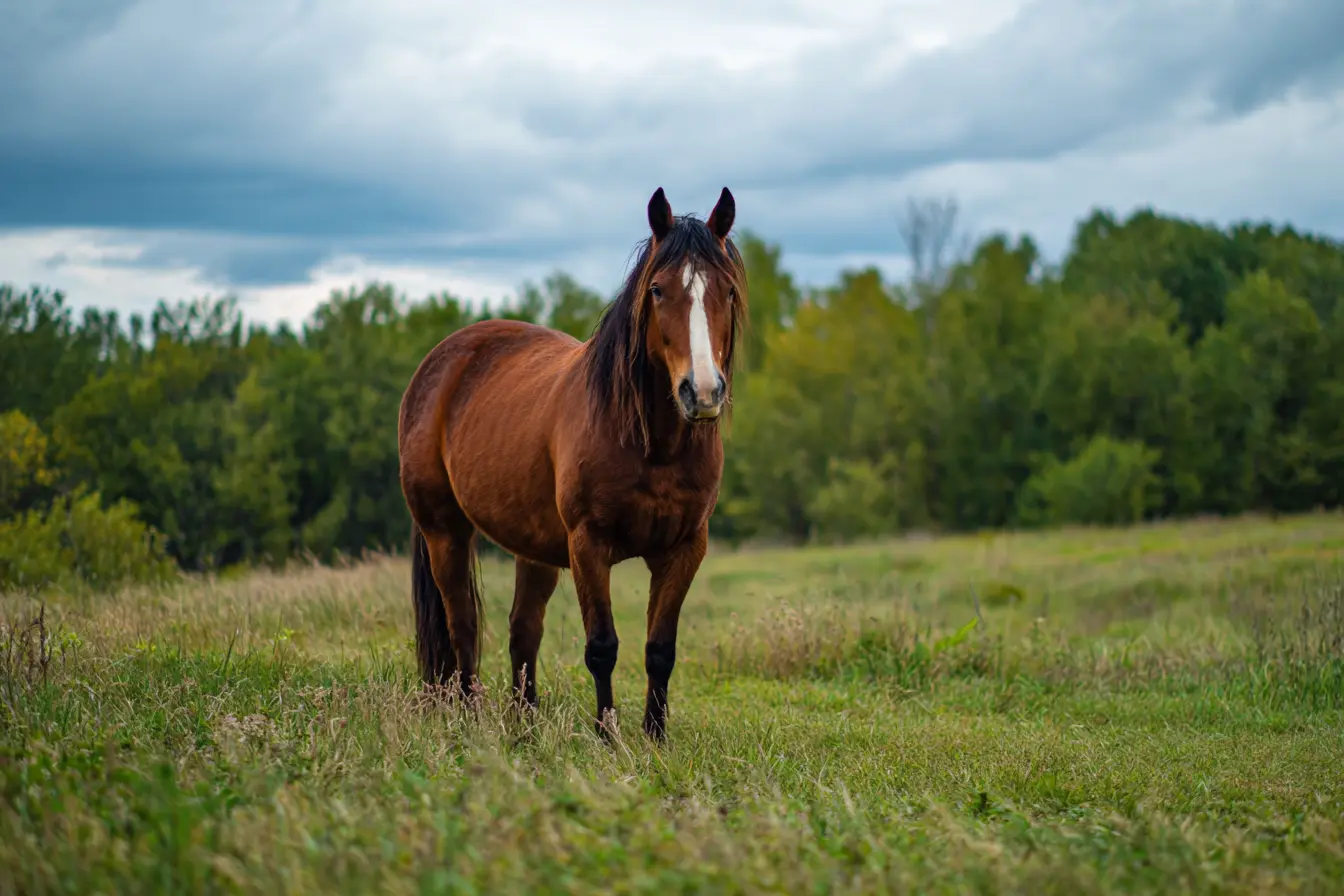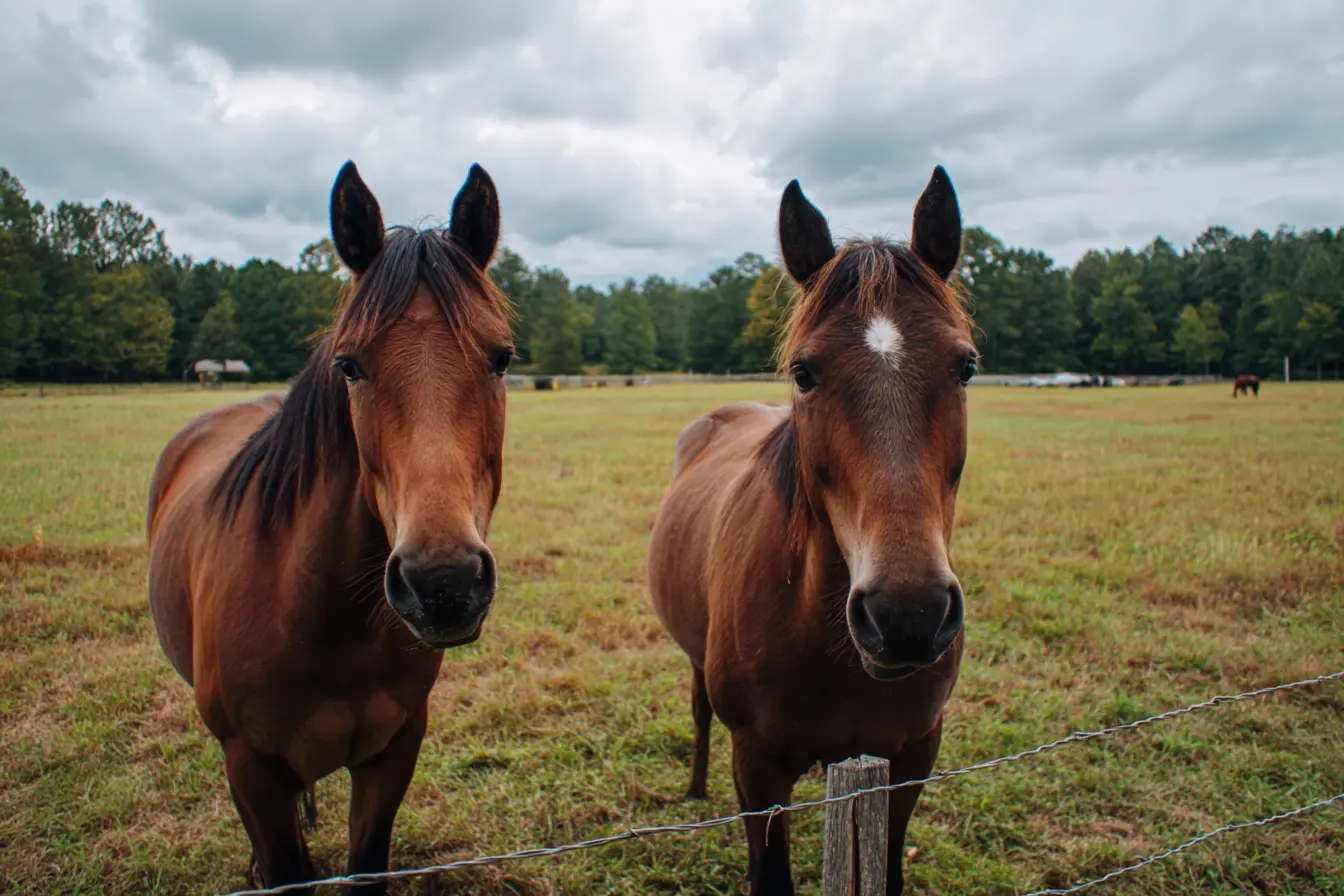
Keeping a Stallion: Everything You Need to Know
Keeping a stallion can be a rewarding experience, but it requires experience, commitment, and careful management. Stallions are entire (uncastrated) male horses, and they often display strong sexual and territorial behaviours. Because of their strength and hormonal drive, they require knowledgeable handling, secure facilities, and thoughtful management to keep them safe and content while ensuring the safety of handlers and other horses.
This post covers everything you need to know about keeping a stallion responsibly, including behaviour, handling, stabling, turnout, exercise, breeding management, legal and welfare considerations, and whether keeping a stallion is the right choice for you.
Understanding Stallion Behaviour
Stallions are driven by testosterone, which influences their behaviour. While some stallions are naturally gentle, others can be dominant, excitable, or aggressive, particularly around mares or other stallions.
Common stallion behaviours include:
- Calling or neighing frequently, especially when mares are nearby
- Herding or herding-like behaviour towards mares
- Mounting attempts
- Rearing, striking, or biting during handling or turnout
- Marking territory with dung piles and scent marking
- Aggression towards other males
Not all stallions display extreme behaviour, but you should always assume they have the potential to. Consistent, calm handling from experienced people is essential to keep them safe and well-behaved.
Handling and Training
Handling a stallion requires skill, confidence, and consistency.
- Establish clear boundaries and routines from a young age.
- Use calm, assertive body language and consistent cues.
- Never tolerate dangerous behaviour such as biting, striking, or rearing.
- Work with experienced trainers or handlers who are familiar with stallions.
- Ensure the stallion has regular, structured exercise and mental stimulation.
- Avoid rough handling or punishment, which can provoke aggression or fear.
A stallion that is well-trained and respectful on the ground is far easier and safer to manage in all other areas of life.
Stabling and Facilities
Stallions need secure, purpose-designed facilities to prevent injury and escape.
- Provide a strong, well-built stable with solid walls and strong doors.
- Fit heavy-duty bolts and latches that cannot be opened by the horse.
- Avoid shared bars or grilles between stables, as stallions may bite or strike through them.
- Site the stable in a quiet area away from mares if possible.
- Allow good ventilation, light, and sightlines to reduce stress and boredom.
Many yards have separate stallion barns or blocks to keep entire males safely contained and managed.
Turnout and Companionship
Stallions are naturally social, but their behaviour can make turnout management challenging.
- Many stallions must be turned out alone to prevent fights or breeding accidents.
- Some can be kept alongside geldings or young colts if carefully introduced and supervised.
- Use strong, high fencing (post and rail or electric) and double-fence boundaries to prevent contact with mares.
- Provide daily turnout or exercise to reduce frustration and boredom.
- Avoid turning stallions out near mares, especially in season, as this can cause fence-running and aggression.
Lack of social contact can cause stress, so providing visual or over-the-fence contact with other horses can help reduce loneliness.
Exercise and Work
Stallions need consistent, purposeful work to keep them physically and mentally healthy.
- Provide daily exercise, ideally under saddle or in-hand training sessions.
- Keep work varied to prevent boredom.
- Ensure only experienced, confident riders or handlers work with the stallion.
- Maintain a calm, professional approach during work and avoid confrontations.
Well-exercised stallions are generally easier to handle and less prone to displaying unwanted behaviours.
Breeding Management
If a stallion is kept for breeding, extra considerations apply.
- Breeding work should only be carried out by experienced professionals.
- Use strict handling protocols during covering or collection to prevent injury.
- Keep detailed breeding records, including mares covered, dates, and outcomes.
- Ensure the stallion has regular fertility checks, health tests, and vaccinations.
- Separate breeding activities from daily handling so the stallion can distinguish between work and breeding contexts.
Breeding increases testosterone-driven behaviours, so breeding stallions often require even stricter management.
Legal and Welfare Considerations
Owning a stallion carries legal and ethical responsibilities.
- Stallions are powerful animals capable of causing serious injury; owners have a duty of care to keep them safely contained.
- Public liability insurance is essential and may be higher for stallions.
- Welfare laws require that stallions are provided with appropriate housing, exercise, social contact, and veterinary care.
- Breeding must be done responsibly to avoid contributing to unwanted horse populations.
Yard owners may have rules or restrictions about keeping stallions on their premises, so always check first.
Is Keeping a Stallion Right for You
Keeping a stallion is not for everyone. Consider the following carefully:
- Do you have the experience and confidence to handle an entire male?
- Do you have secure, purpose-built facilities to house him safely?
- Do you have time to exercise and train him daily?
- Is there a clear reason to keep him entire (such as breeding potential or showing requirements)?
- Could he have a better quality of life as a gelding?
In many cases, gelding is the kinder and safer option for both horse and handler.
Conclusion
Keeping a stallion is a serious responsibility that requires experience, secure facilities, and daily commitment. With the right handling, environment, and routine, stallions can be well-mannered, productive horses. However, they are not suitable for inexperienced owners or casual situations.
If you are considering keeping a stallion, seek advice from experienced stallion handlers and your vet. With careful planning and consistent management, it is possible to keep a stallion safely, but it is a role that must never be taken lightly.
Vets near you
Speciality vets
- Aquatics vet specialists
- Birds vet specialists
- Camelids vet specialists
- Cats vet specialists
- Cattle vet specialists
- Deer vet specialists
- Dogs vet specialists
- Equines vet specialists
- Exotic vet specialists
- Goats vet specialists
- Pigs vet specialists
- Poultry vet specialists
- Sheep vet specialists
- Small Mammals vet specialists
- Wild vet specialists



